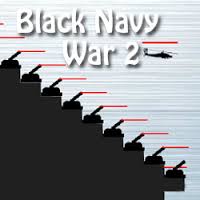
The German High Seas Fleet was numerically inferior to the British Navy. It comprised twenty-two dreadnought battleships (an additional thirteen were under construction), nine battle cruisers (an additional one was under construction), forty older pre-dreadnoughts, 121 cruisers of varying types, 221 destroyers, and seventy-three submarines.

By 1914, the British Royal Navy was the largest in the world. The two nations had been locked in a naval race since 1898 when Germany embarked on the construction of a blue water navy that Britain viewed as a threat to its far-flung imperial interests around the globe. Upon the outbreak of the war, most of the naval force of the belligerents rested in the fleets of Great Britain and Germany. The major powers mostly viewed these vessels as suited primarily for reconnaissance. Finally, the new technology yielded submarines armed with self-propelled torpedoes.

The advent of the torpedo produced first torpedo boats and then larger torpedo boat destroyers. Among other classes of ship were smaller cruisers to perform not only reconnaissance, but also protect and raid commerce.

Some fleets also incorporated battle cruisers, being vessels possessing battleship-sized armament mounted on a hull that sacrificed armor protection for the sake of greater speed. The core of the battle fleet was the all-big-gun dreadnought battleship, first introduced in 1906 with the launch of HMS Dreadnought by the British. The close of the Napoleonic Wars in 1815, however, to 1914 was a period of technological change that transformed warship design and consequently most aspects of naval war.īy 1914 these technological innovations produced far more powerful and capable warships than those of the Age of Sail. Throughout most of the Age of Sail from the 17 th century to the mid-19 th century, technology, tactics, and life at sea had changed little. The naval war of World War I was a conflict unlike any previous one with the exception of the brief Russo-Japanese War (1904-1905).


 0 kommentar(er)
0 kommentar(er)
